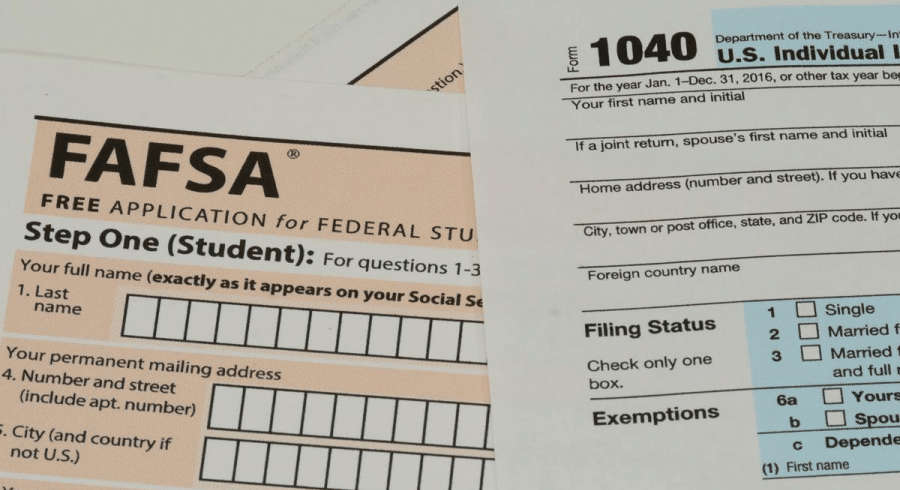Buckets of Money: A Better Saving Strategy
Are you a goal-setter? Or do you just go with the flow? Maybe you’re married and one of you fits the former category while the other is in the latter bucket. Funny how opposites can attract sometimes.
One thing we all share, though, is that it takes planning to build wealth and then maintain it so it can last a lifetime and beyond. Strategies are needed to help us stay on track – that goes for savers, spenders, and all folks in between.
What’s the Bucket Approach?
Table of Contents
One strategy you may have heard of lately is the bucketing method. Think back to when you were a kid: Did you have a piggy bank that you dropped coins into with the hope that it’d one day be so full you would have to crack it open and tally up your treasure? Well, that’s kind of what bucketing your cash as an adult is like.
Bucketing is simply segregating money into different accounts, each with its own purpose. For instance, you might have a near-term goal to fund an exciting European vacation, an intermediate goal to pay off your mortgage, and a stretch goal to buy a fancy car. Each of those wants, needs, and desires can have a singular account for you to track your progress more easily.
A Twist on Planning Ahead
You already do this through other types of accounts. You’re a bucketing wizard if you have a Roth IRA, Traditional IRA, and 401(k) for retirement, Health Savings Account (HSA) for medical savings, and a 529 college savings plan for your kids.
Bucketing works so well because it takes our behavioral quirks and flaws and sets them up to be an advantage. You see, all of us tend to get more serious and ambitious about accomplishing a mission when we have tangible proof that progress is being made. So, if you lump all your money together in a big pot, it’s hard to track how you’re doing for specific goals. But by setting up accounts designated for a particular purpose, more often than not you can reach your target sooner with more joy along the way.
Making Your Money Work: Fun & Personalized Savings
I find bucketing works so well because it gives each dollar a purpose, especially for spending plans within, say, 10 years. In financial planning, we want you to embrace what is important to you money-wise and strive to achieve key milestones. And it’s easier than ever to do this. Most banks and brokerage firms allow you to hold multiple savings and investing accounts with no fees. You can tailor the name on the account from a lifeless number (I.e., X7912340234) to your meaningful goal (I.e., “Kitchen reno”).
Here are some common buckets I have helped clients set up:
- Emergency fund: This could be the most important one of all. Sure, nobody daydreams about covering emergencies, but a safety-first mindset is often needed when it comes to financial planning. Holding 3-6 months’ worth of expenses in a safe place but still earning a competitive yield is prudent and appropriate. An emergency fund helps reduce the financial blow from events such as a job loss or major medical bills. Once you have ample savings, you can sort of ‘set it and forget it’ unless you have a significant life change or have to tap it.
- Rental property or business emergency savings: Toss this in the safety category, too. More assets mean more potential misfortune, sorry to say. If you have a second property you rent out or are a business owner, you must plan for added expenses and risks that come with those assets and activities. Also, be sure to review insurance policies to see what is covered.
- A travel piggy bank: Ok, let’s have some fun. They say that the anticipation of an exciting trip is sometimes more pleasurable than the vacation itself. Here is where you can make psychology work in your favor. Contribute to a separate account for a big excursion. Each time you make a deposit, it’s like you are giving yourself permission to look ahead to awesome experiences that lie just around the corner.
- Home improvement fund: While an emergency fund is meant to cover unexpected misfortunes like a major unforeseen home repair, it’s OK for a home improvement fund to be more discretionary. Have you been yearning for a new kitchen or maybe to put in a pool? Well, a bucket for either of those can help you finance your want quicker.
- Down-payment on a house: We work with younger couples who are focused on buying their first home. A down-payment bucket is ideal for this goal – even if it takes a few years to get there.
- Car costs: Repairs are pricey, and they are to be expected. While not everyone needs to get so granular with bucketing, funding an account for auto expenses or perhaps saving for a new car might work for you.
- Gifting: Did you know the average credit card rate is now more than 20%? Ouch. That’s partly why having savings is so important – you want to avoid that kind of high-interest-rate debt like the plague. Thus, saving for gifts throughout the year helps you plan ahead – particularly for when holiday spending time comes along. Small business owners can even establish a Christmas Savings Program for their employees built on the bucketing foundation.
- One-off large purchases: With just a few clicks of a mouse, you can have a dedicated account for any goal. Amid rising costs left and right, there is no shortage of significant expenses that you can conjure up.
- Kids: Speaking of large purchases, do you have kids? As a parent, it feels like the piggy bank can’t be big enough to pay for the plethora of costs such as youth sports, summer camp, maybe private school, medical costs, braces, and the list goes on. At the Rassam house, we have a savings account specifically for expenses related to our new baby, an extra buffer for shopping for her nursery, medical expenses, and unexpected things we might need once she arrives.
That’s a big list, right? But you do not need umpteen different accounts. Bucketing is simply a means to an end: It helps you reach your financial goals as well as mitigate risk. If you find that you have no issues by just keeping all your money in a single account, that’s fine too! Still, you should consider giving this approach a shot. It boils down to three key benefits I’ve witnessed with clients:
- It helps you visualize a goal and see evidence that you’re on the right track
- Bucketing removes blurred lines that come with having one large savings melting pot – it helps you organize your money better
- There’s financial freedom (who doesn’t want that??) with giving yourself permission to spend on certain areas.
It’s important to recognize that a financial plan is not just about guardrails and delayed gratification. It is about maximizing happiness with money. I want you to savor spending money on what matters to you – no guilt, no shame, no regrets.
Next steps:
Give bucketing a try. I am sure you have some fun plans in the not-too-distant future. Set up an account and name it something quirky or funny – whatever brings you a smile or smirk. That’s the idea. It could work wonders for you, and you can do the same with other financial obligations and desires. A little experimentation and art can be just as useful as the science of financial planning.










